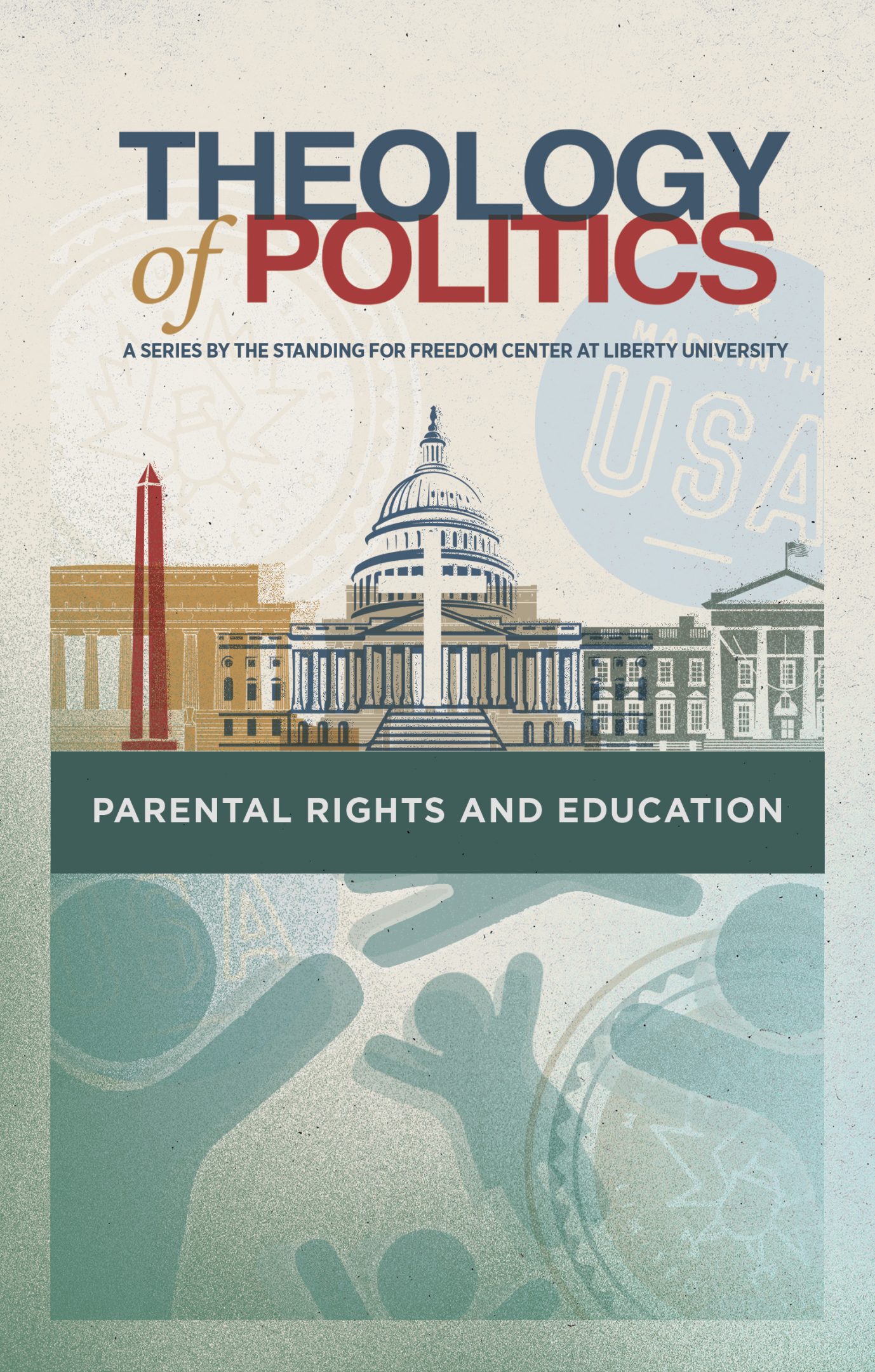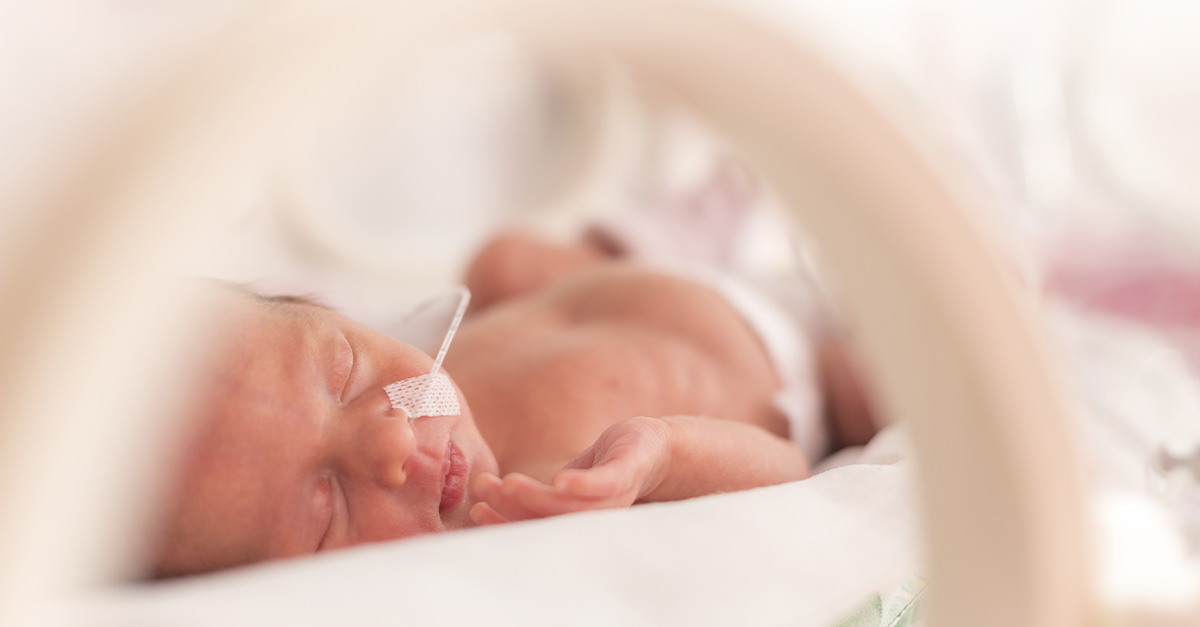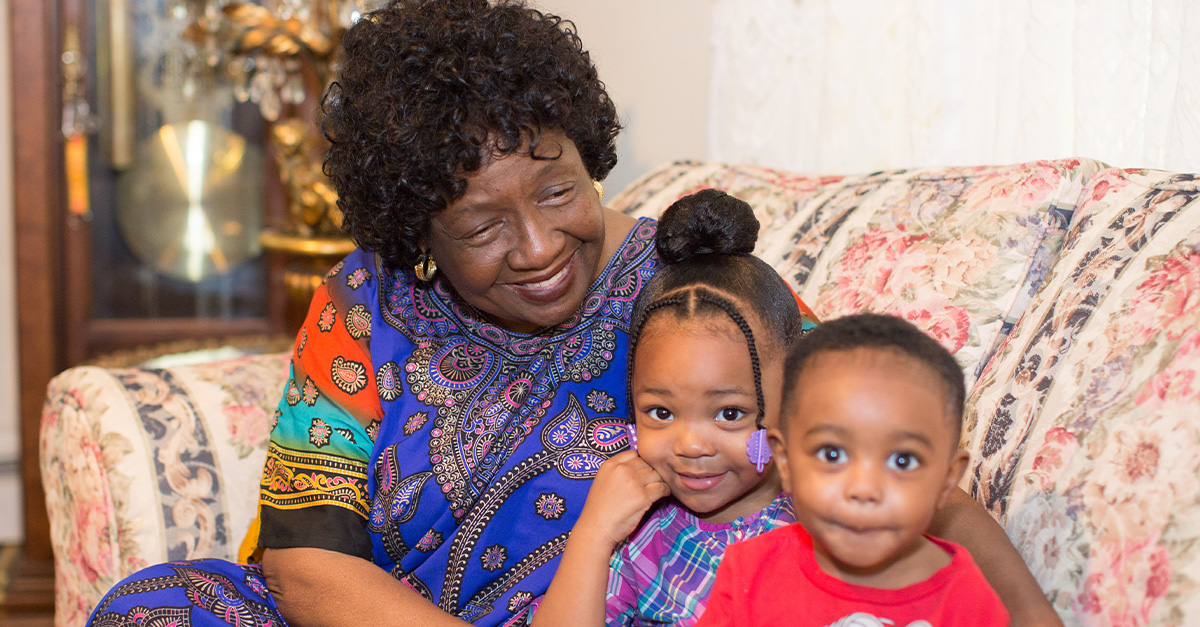


Get a free copy of Parental Rights & Education when you subscribe to our newsletter!

There is no question that Helmi Elina is treasured by everyone she knows, even though she weighed just a little more than 1 pound when she was born at a Finnish hospital that was properly equipped to care for premature babies. The little knit socks that the hospital donated to keep her tiny frame warm engulfed her frail legs and reached all the way up to her belly.
“She was totally bruised on her head and upper body, she was so red and almost transparent,” her mom, Mirva Rontti, said of the traumatic preterm birth in December 2020. “She looked like a small, super skinny little person.”
It was only the next day that Helmi’s parents were allowed to touch her. Her tiny foot was just half the length of her mother’s finger. It would be 25 days before Rontti could hold her precious child.
Helmi stayed at the Olou Academic Hospital for 125 days, where she slowly began to gain weight and strength. She was on a ventilator for five weeks and underwent 11 blood transfusions, along with other medical treatments.
Now, though, Helmi is six months old, living at home, and thriving. The little socks barely fit on her growing feet. She weighs a hefty four pounds and is a “princess” to her loving mother, who gushes, “I love her so, so much!”
Helmi is not the only one proving that babies born long before their expected time can beat the odds and survive.
Richard Scott William Hutchinson, born last June nearly five months early, is recognized by the Guinness Book of World Records as the world’s most premature baby. He weighed just 11.9 ounces when he made his entrance a full 131 days prior to his estimated due date and was given a 0 percent chance of survival by some doctors at Children’s Minnesota Hospital in Minneapolis.
At least one doctor had hope, though. “I knew the first few weeks of Richard’s life would be very difficult, but I felt that if he could make it through that, he would be a survivor,” neonatologist Dr. Stacy Kern told the Guinness writers.
Parents Rick and Beth were unable to stay in the hospital overnight with their tiny baby due to the pandemic, so they traveled daily from their home in St. Croix County, Wisconsin, to be with him.
“We made sure we were there to give him support,” Rick said. “I think that helped him get through this because he knew he could count on us.”
In December, the little boy was discharged from the hospital. He had come a very long way.
“I couldn’t believe this was the same little boy that once was so sick that I feared he may not survive. The same little boy that once fit in the palm of my hand, with skin so translucent that I could see every rib and vessel in his tiny body,” his proud and relieved father said. “I couldn’t help but squeeze him and tell him how proud I was of him.”
This month, Richard celebrated his first birthday.
Helmi and Richard’s stories are remarkable and stand as a great testament to our ability to care for preterm babies. In recent decades, the survival rates for preterm babies has increased significantly, thanks to advancements in medical science. Progress has also been made in fetal surgery, which not only improves potential outcomes for problematic pregnancies but highlights the value of unborn human life and the commitment of doctors and surgeons to do what they can to support unborn life as it develops in the womb.
Meanwhile, high-quality, 3D ultrasound imaging have enabled us to observe the development of unborn babies in the womb in more detail than ever before, giving us new insight into fetal behavior and making the task of those arguing that these tiny humans are “just a clump of cells” even more difficult.
This makes it all the more unsettling then, that, also in the name of “science,” babies perhaps only a week or so younger than Helmi and Richard were when they were born can be aborted in several states and, as has been highlighted by anti-abortion activists in recent years, are being harvested and used in medical experiments.
What a twisted adulteration of the value of unborn and preterm human life.
In a particularly stomach-churning case, researchers at the University of Philadelphia published a study last year after successfully grafting the scalps of electively aborted babies onto mice to create what they referred to as “humanized rat models.” The research was funded by the National Institutes of Health.
As The Federalist explained, “In studying how organs reacted to pathogens or infections on human skin, researchers grafted ‘full-thickness human skin’ as well as thymuses, livers, and spleens from fetuses onto rodent bodies,” using fetuses between the gestational ages of 18 and 20 weeks.
For perspective, Richard Scott William Hutchinson was 21 weeks old when he was born.
That the University of Philadelphia’s researchers used the word “humanized” in their disturbing research only serves to underscore how very human their subjects were.
It is heartbreaking to contrast the amazing survival stories of little Richard and Helmi with these abortion victims who would also have had the chance to celebrate developmental milestones and birthdays had they not been killed, dismembered, and used for freak experiments.
Unborn babies aren’t just clumps of cells, and even if their potential viability outside the womb a few weeks after their remains are harvested for science experiments didn’t demonstrate this, the fact that they were human enough to be used for the creation of “humanized rat models” certainly does.
Abortion does not destroy a future human being, it destroys a living human being. Neonatal doctors and nurses work round the clock to ensure that children like Helmi and Richard can survive outside the womb, while those babies whose mothers have “chosen” to snuff their lives out before they ever have the chance to be fully developed and born are treated like a commodity.
Every single human life is precious, whether viable outside the womb or not. Every single human life has an inherent right to be treated with the dignity and respect due their status as image bearer of our Creator.
Helmi and Richard were both treated as though they were precious and valued and their lives worth fighting adamantly for against all odds — yet every single life is that precious to God. And until every life, both in the womb and without, is given the same degree of protection, we can never profess to be a society that is “advancing.”
The Church must be involved in public discourse and influence. That’s why we write — so our readers can be equipped to understand and pursue righteous change in the world. For more timely, informative, and faith-based content, subscribe to the Standing for Freedom Center newsletter.
Christian conservative news and issues that matter. Curated just for you!
